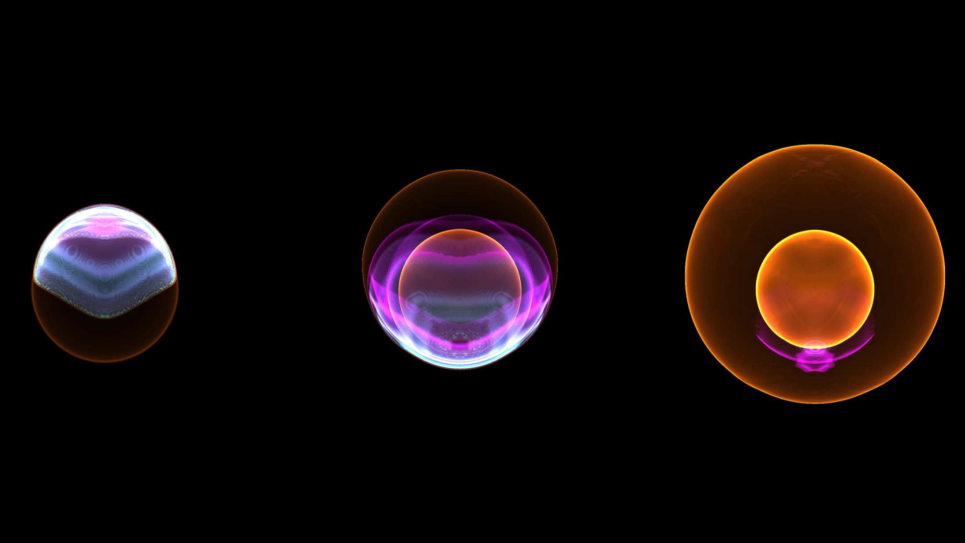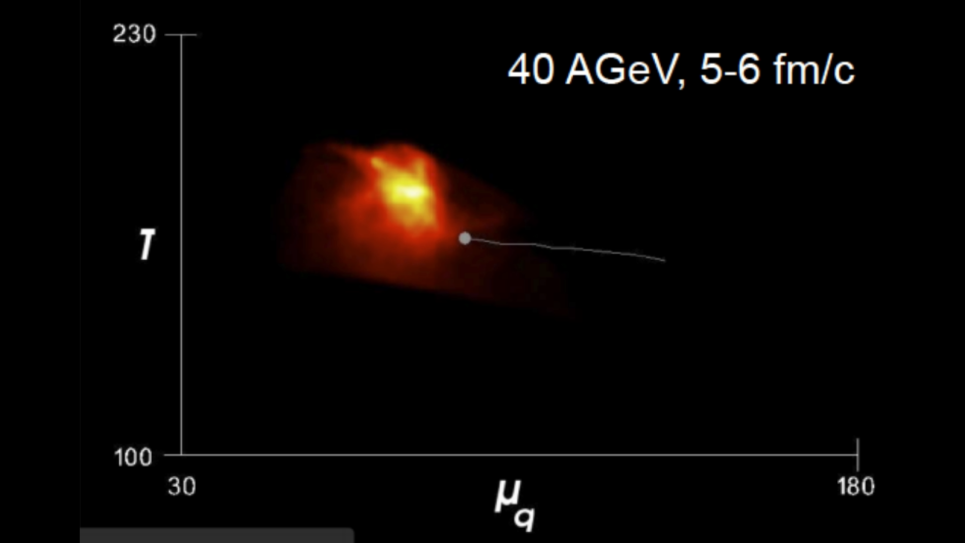The team will provide a comprehensive study of the model-dependence of the equation of state of neutron matter, particularly relevant in view of the recent detection of gravitational waves by the LIGO-Virgo collaboration.
The microscopic approach to describe atomic nuclei and nucleonic matter relies on a theoretical description of individual interactions between protons and neutrons, and their interactions with external electroweak probes. Over the last two decades, chiral effective field theory has established itself as the method of choice to systematically construct nuclear many-body forces and electroweak currents that are rooted in the fundamental symmetries of quantum chromodynamics (QCD). These interactions and currents are the main input to sophisticated many-body methods that capitalize on high-performance computing to calculate the structure and low-energy dynamics of nuclear systems. The main challenge for this microscopic approach is to construct models that accurately describe atomic nuclei (including their spectra, densities, structure functions, transitions, low- energy scattering, and responses) while simultaneously predicting properties of infinite matter (e.g., pure neutron matter) relevant to the structure and internal composition of neutron stars.
The ALCC team plans to provide a comprehensive study of the model-dependence of the equation of state of neutron matter, particularly relevant in view of the recent detection of gravitational waves by the LIGO-Virgo collaboration. The equation of state of strongly interacting matter is sensitive to features of nuclear dynamics at short distances posing strong constraints upon the behavior of the microscopic Hamiltonians. Nuclear physics at short distances is dominated by short-range multinucleon correlations. Our understanding of their formation mechanisms and specific characteristics in nuclear systems is relevant not only to the role of QCD in generating nuclear forces but also to the physics of high-density nuclear matter that one expects to exist at the cores of neutron stars.
The team’s calculations will be performed with the set of local r-full chiral nuclear potentials developed by their group, and Quantum Monte Carlo methods. The latter, in which the team has world-leading expertise, have long been proven to efficiently use leadership-class computing resources.

